Throughout the 1980s, fast German saloons were hot commodities, with the Mercedes-Benz 190E and BMW M3 E30 dominating both the Deutsche Tourenwagen Masters championship and consumer sales – a no doubt direct cause-and-effect situation. With popularity comes the freedom to get creative, and different upgrades and iterations of the models — both factory authorised and privately built — began to appear from the woodwork. Never one to miss out on an opportunity, Brabus quickly threw its hat into the ring and, in 1988, the prototype Mercedes 190E Brabus 3.6S Lightweight was revealed, with no air conditioning, minimal sound deadening, no rear seats, and a straight-six engine bored and stroked to 3.6 litres.
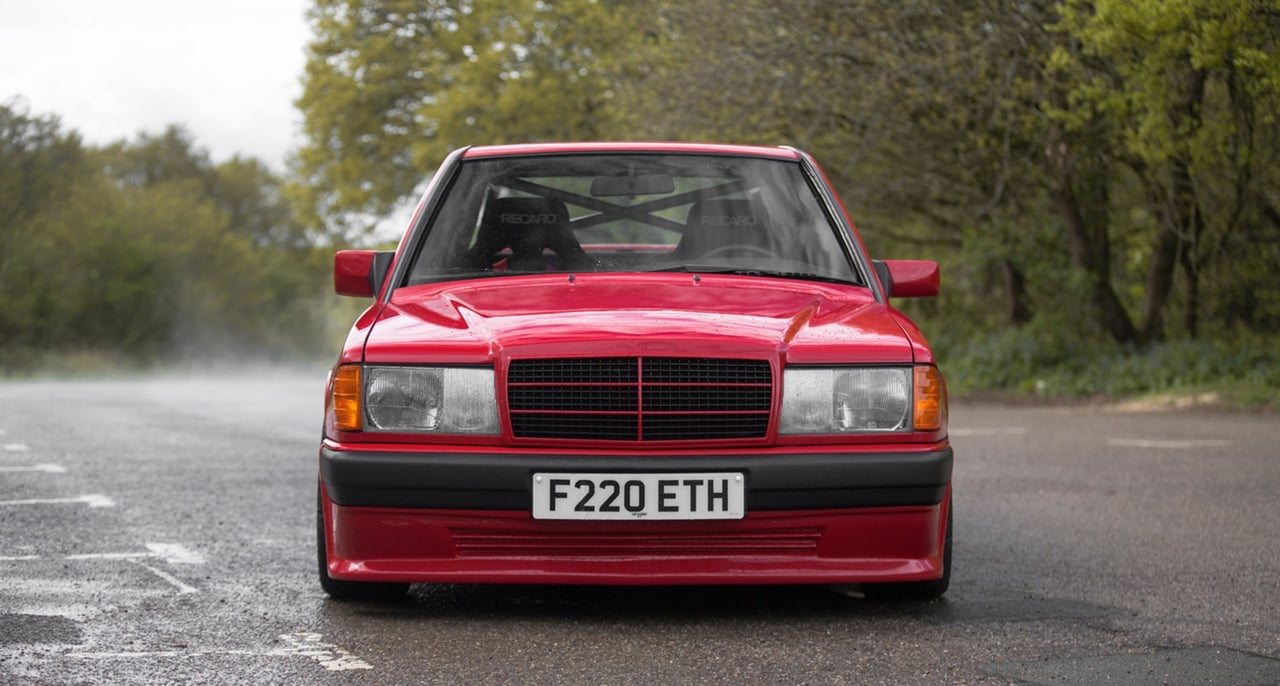
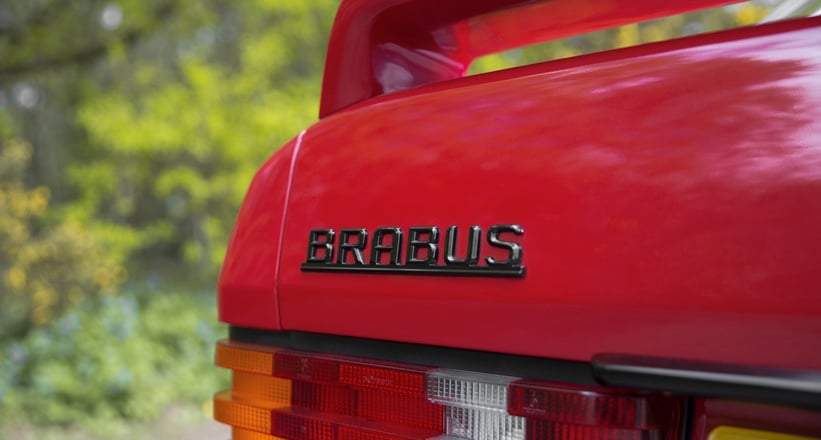
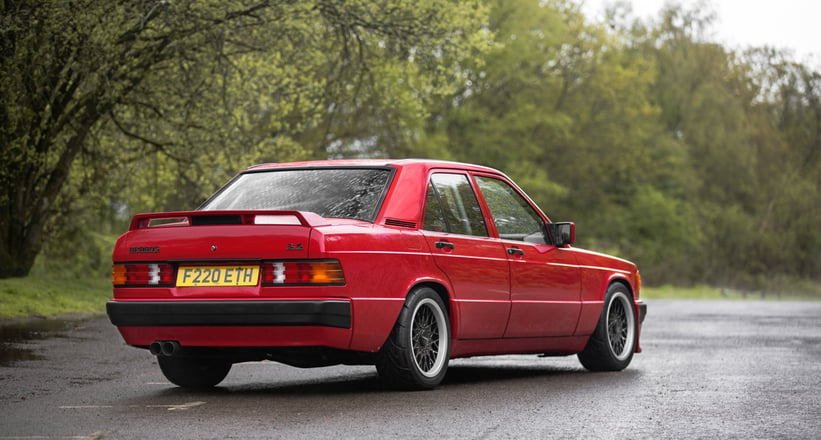
But although Brabus’s customers could contemplate the deafening growl of the engine, they just couldn’t imagine giving up the creature comforts. And while Brabus as a company was about pushing limits, it couldn’t do so without the support of its customers. So, it added the rear seats and the air conditioning to the production version and the prototype was disassembled, its specification never to be seen again — until now, that is.
In 2008, veteran Brabus PR Director Sven Gramm set about building a car of his own to honour the great tuning company. But he wanted to find the right car for the job. With access to over 40 years of archive material, he soon came across the Brabus 190E 3.6S prototype — and so began the life of this very car. As a loyal employee, Gramm was able to skip the queue for the custom commissions department and had Brabus reproduce the stillborn prototype. As with the production cars from 1988, a good donor car was vital to the entire build. Luck was on Gramm’s side, though, and he was able to source a five-speed 190E 2.6 from a local gentleman, who’d kept it immaculate and had it serviced regularly by the supplying Mercedes dealer.
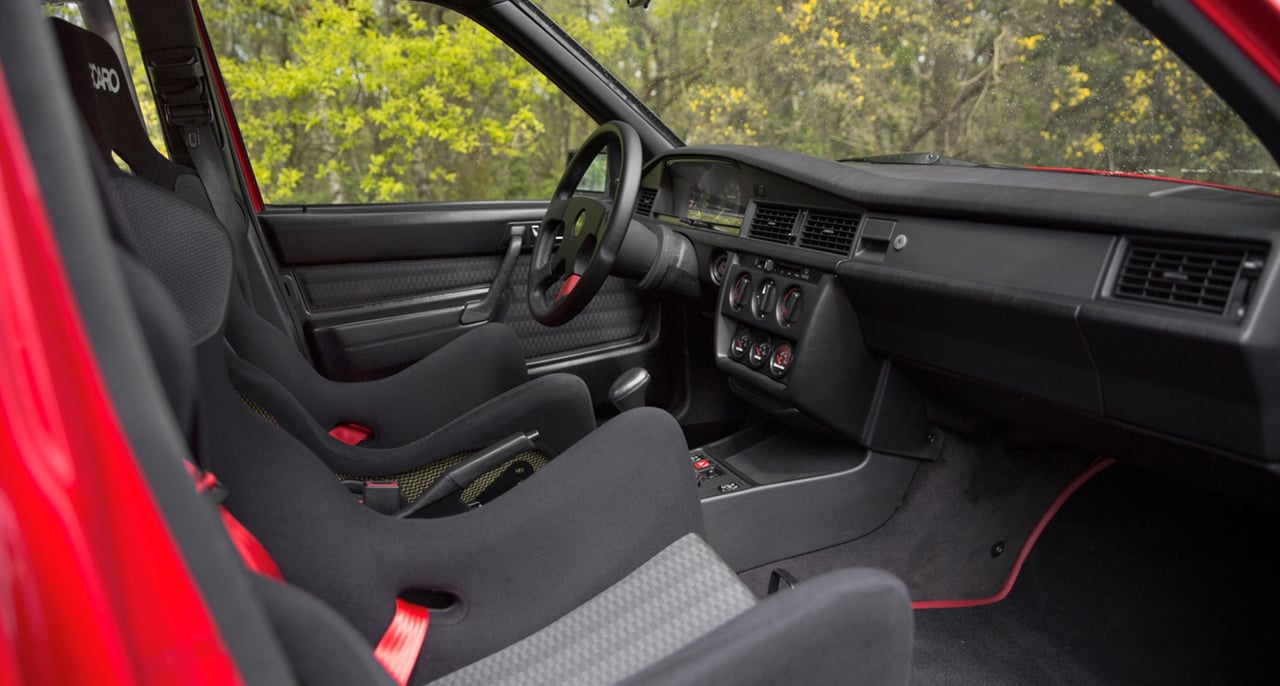
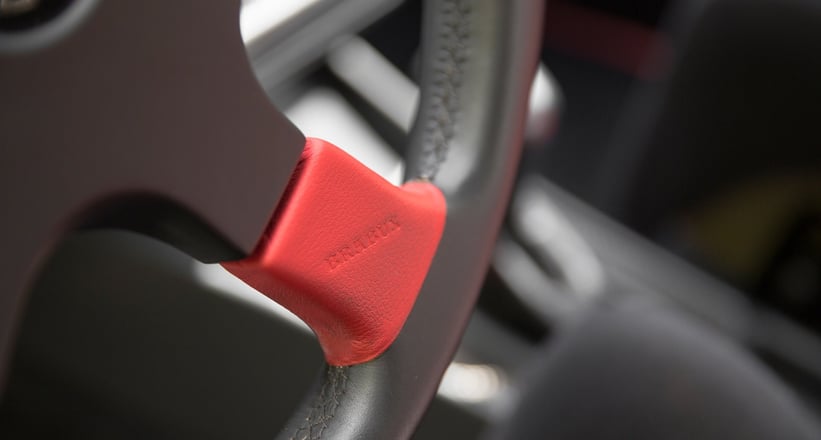
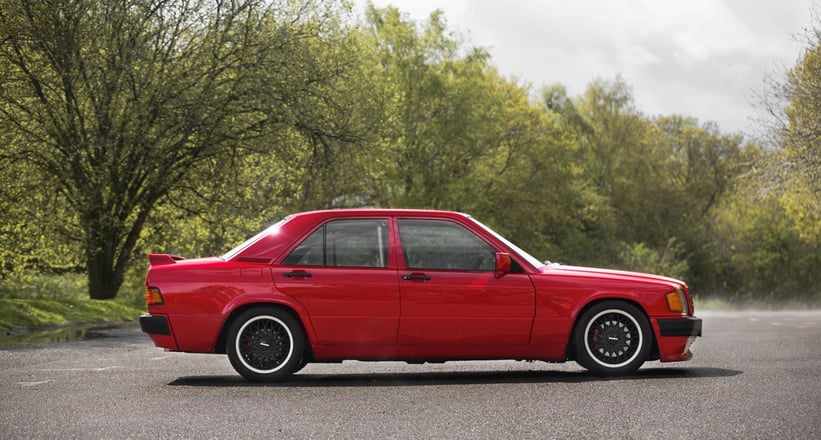
Next came the really hard bit: sourcing original parts from the 1980s. With access to Brabus’s warehouse of spare parts, he delved into a treasure trove of machinery, unearthing a period front spoiler, alloy wheels, brakes, and various other bits. Where original parts couldn’t be found, original moulds were sourced and Brabus designers kindly helped Gramm to hand-build them — take the rear spoiler, for example. Although an original Brabus suspension kit was available, technology in this area has advanced tremendously in the last 20 years. So, Gramm contacted Eibach and Bilstein to fit a modern setup. After 10 months, the car was finally complete and finished in eye-catching Signal Red.
Despite being fitted with all the ‘right’ competition-oriented specifications — roll bar, Recaros, harnesses, body kit, race display, etc. — just over 9,980km show on the odometer, which is a bit of a shame. The car literally pulls and teases you into higher gears on the road, egging you on to an open section, where it can really show what it can do.
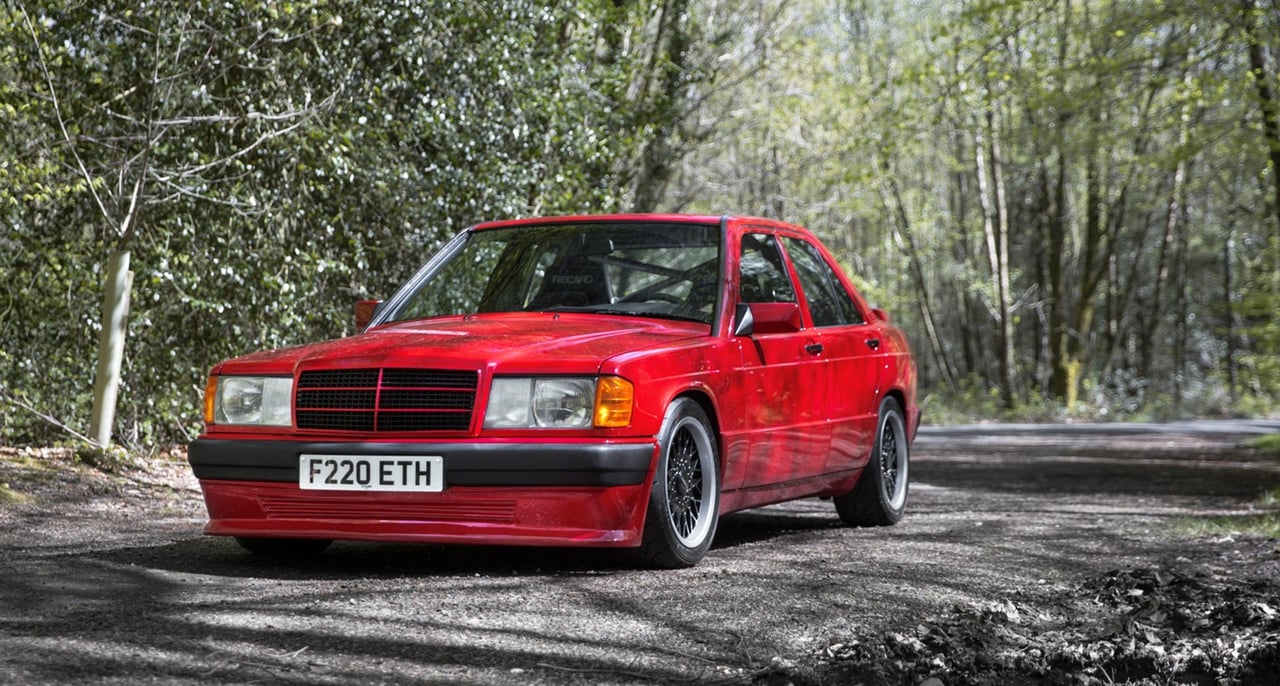
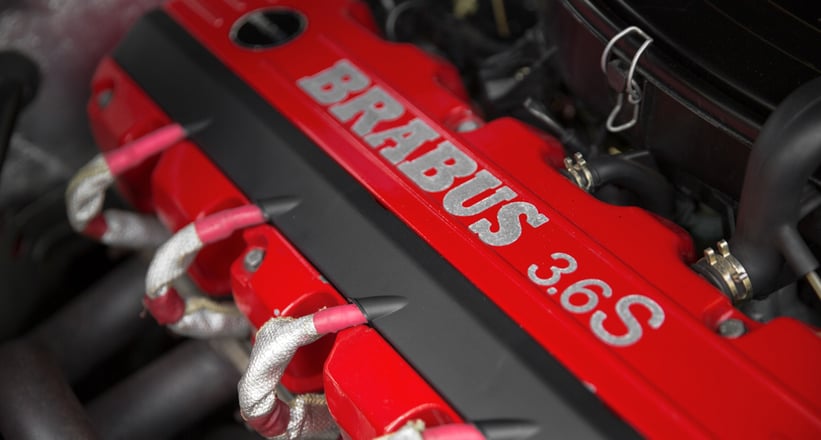
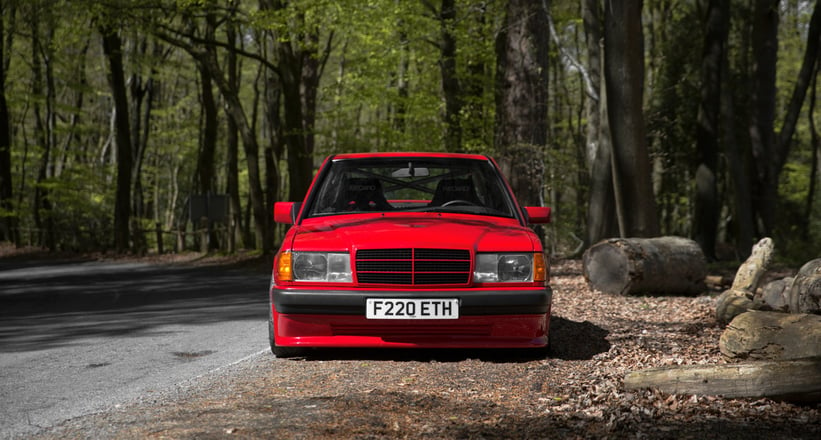
While a peak under the bonnet at least explains why it’s been preserved over these past 10 years — it’s a work of art. Every component is exposed — no plastic covers to see here — and the brightwork glistens. The camshafts and Brabus badges have even been painted Signal Red, to match the exterior.
You might be wondering how one goes about valuing a unique Brabus 190E that was commissioned by the company’s PR director and has covered just over 9,980km? It’s a question that Lucas Hutchings of Classic Driver dealer Image Automotive considered as well. “The best saloon cars will always demand top money – they’re iconic and there are still quite a few of them on the market,” he comments. “But with such a unique car as this Brabus, it’s not as though you can find another one to compare it to. It’s quicker than a 190E Evo II, which is a 150,000–200,000-euro car, but the market for buyers of this car is a lot smaller.”
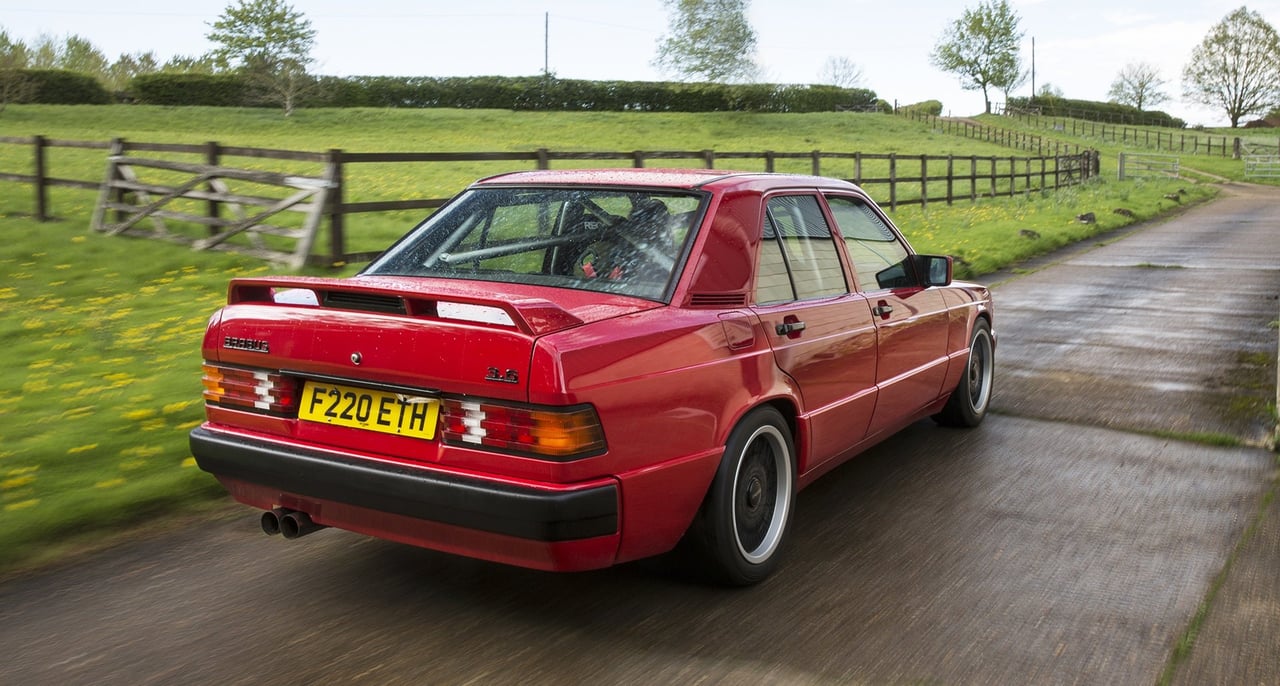
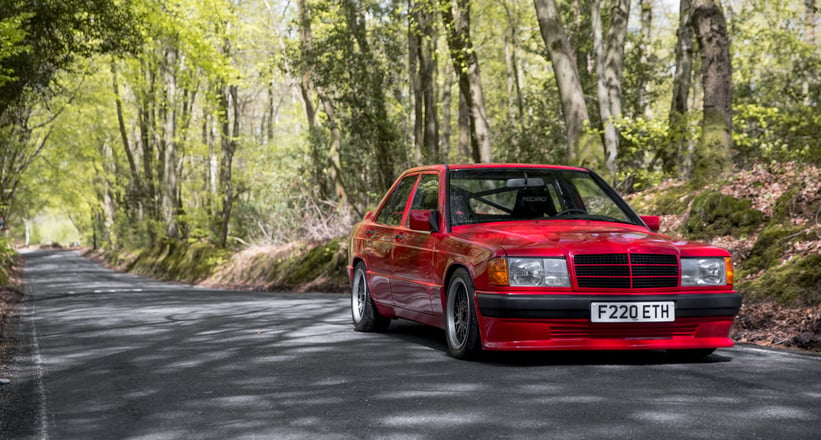

“The perfect collector for cars such as these is someone who lusted after them back in the day — someone who saw them in the magazines and thought they were cool and now has a bit of cash to buy one. The current owner is a huge Mercedes fan and has a big collection. He went to Brabus to have a look at something else, but saw this and bought it on the spot. And the customer who buys this will probably be in a similar situation. Limited and special cars are now firmly on people’s radar, which wasn’t obvious in the past. It’s not always about the most expensive car.”
If its rarity, condition, and provenance aren’t enough to sway you, a quick blast around the breezy Surrey Hills just might.
We were saddened to hear that Bodo Buschmann, the founder and CEO of Brabus, has passed away at the age of 62.
Photos: Tom Gidden for Classic Driver © 2018





























